Signs Of Separation Anxiety In Cats & How To Handle It
Much like dogs, cats are also vulnerable to separation anxiety. Which, unfortunately, can turn up as scratched furniture, excessive meowing...or running away from home. So how do you deal with it?
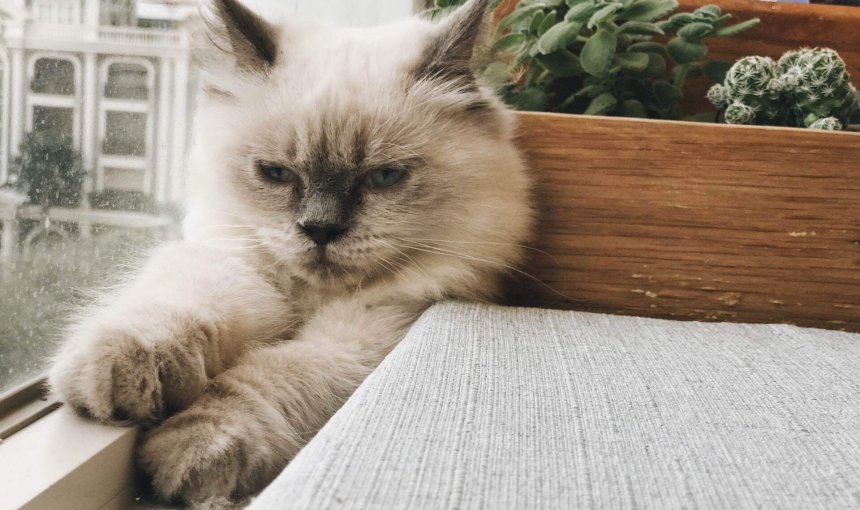
Cats: strong, independent…and prone to getting upset when you leave them alone for long periods? While more commonly associated with dogs, separation anxiety in cats tends to turn up in different ways too. (Like excessive meowing, running away – or a thoroughly shredded set of curtains once you’re back home.)
So in this post, we’re going to cover the signs of separation anxiety in cats – including how to treat it and what to do if your cat tends to experience it mainly at night. Plus, how to catch on early in case your anxious kitty is trying to make an escape attempt.

Find out where your cat spends their time.
Read more- What might cause separation anxiety in cats?
- Signs of separation anxiety in cats
- How to treat your cat’s separation anxiety
- Practice gradual departures
- Reinforce your cat’s behaviors as they occur
- De-condition your cat
- Build an enriching environment for your cat at home
- Let your cat explore the great outdoors
- Make the most of your time together once you’re home
- Consider a companion for your cat
- Stay in touch with your local vet
- Monitor your cat’s behavior – even if you’re not at home
- Nurture your cat’s emotional wellbeing – and manage their separation anxiety for good
What might cause separation anxiety in cats?
Much like dogs, separation anxiety in cats develops when they grow overly attached to you. Because you’re their primary caregiver, you’re their source of warmth, food, shelter, and love. So they feel distressed and anxious when you leave them alone. This anxiety stems from your cat’s fear that you’ll abandon them or never return.
⚠️ Neglect and abandonment (or even feeling like it) are prime causes for cats running away from home. And if your cat has developed separation anxiety, they might feel abandoned even if you’re away for a short while.
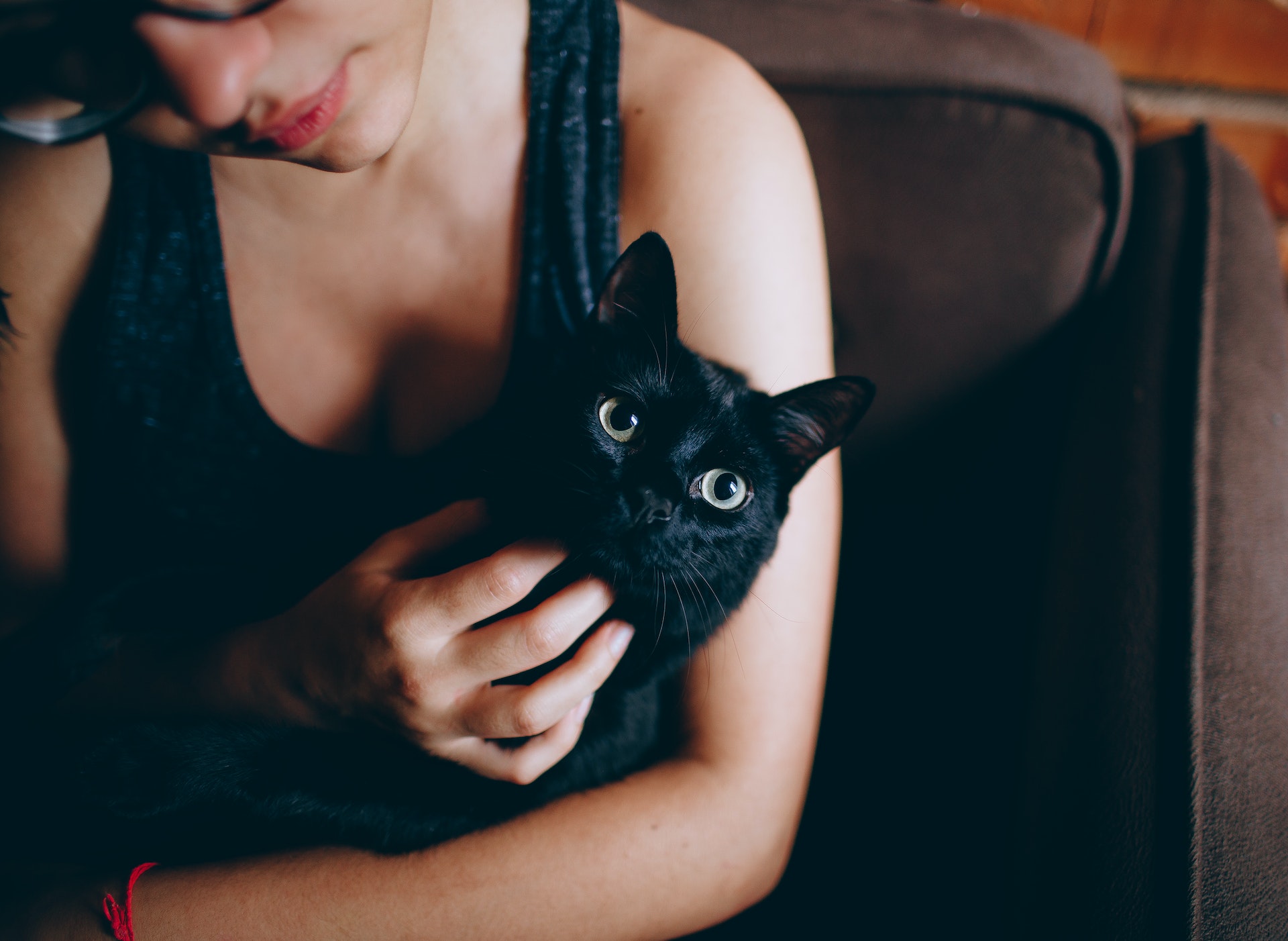
Do all cats develop separation anxiety? Not necessarily. But some might be more prone to it because of their temperament and past experiences.1
For example, your cat might be more vulnerable if they’re:
- Female, with female cats being diagnosed with separation anxiety more often than males
- The only pet in your home
- Orphaned
- Weaned early or bottle-fed from a young age
Early orphaning
When young, mother cats are responsible for their kittens – feeding them, cleaning them, nurturing them, and more. Which deepens their bond, trust, and attachment. Mama cat’s presence isn’t just essential for kittens’ health, but also their emotional development.
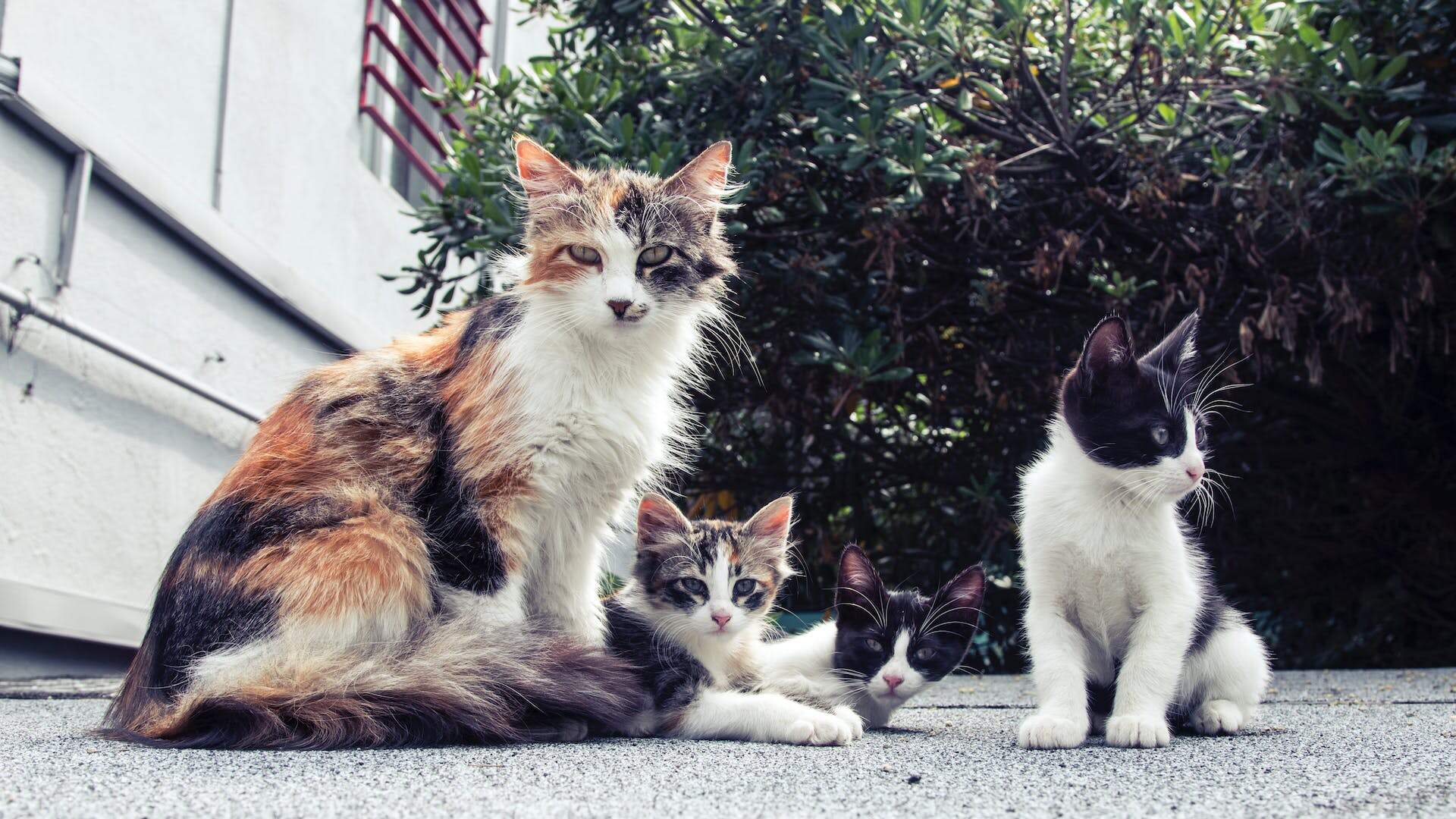
So if kittens are orphaned or separated from their mothers early, it might lead them to develop separation anxiety. (Both from Mama and now you, since you’re now their primary caregiver.) Because they’ve been deprived of this feeling of safety and security, they might feel excessively anxious when you’re not around.
So they have to learn to trust that you’ll return and give them the love and care they need.
Stress
Cats are also creatures of habit and routine. So if you’ve moved to a new home or are introducing them to a new pet or partner, it can be stressful for them.
Even small, seemingly trivial changes in their environment can throw your cat off balance. So they might pace restlessly or scratch at your door when you’re not “around” to comfort them.
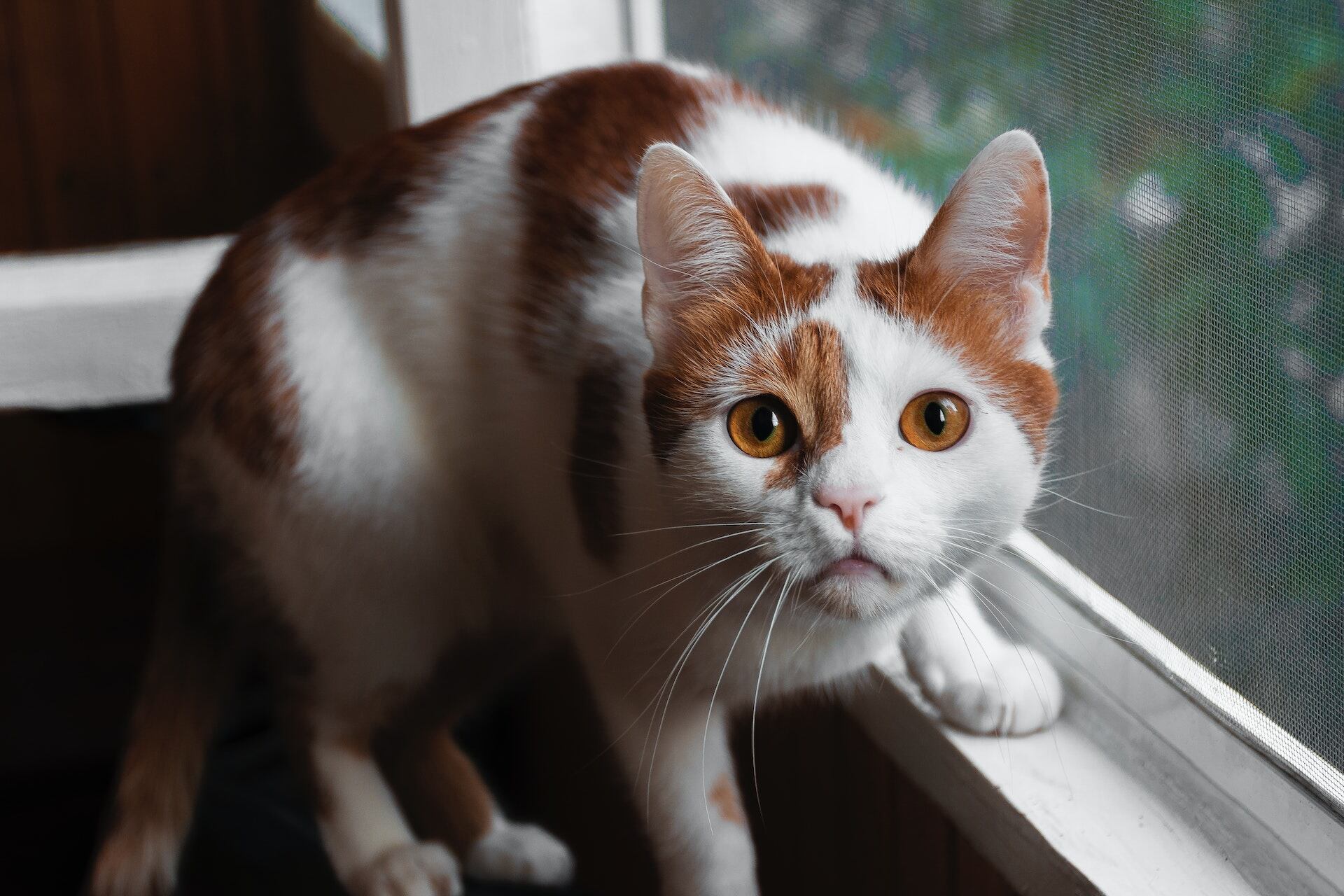
⚠️ Besides feeling neglected or abandoned, stress is another reason cats run away from home. Or if they’re feeling overwhelmed, your cat might also hide away in a “safe” spot – which might be somewhere hard to squeeze out of indoors…or miles away from your home.
Read more:
- Your 100% Stress-Free Guide To Moving Cats To A New Home
- Why Is My Cat Hiding? 5 Reasons For A Hiding Cat
- How To Find A Lost Cat: All You Need To Know
Loneliness
If your cat is your only pet, they might feel anxious and lonely throughout the day when you’re gone. And unfortunately, their separation anxiety can manifest in some pretty destructive ways – like scratching up your furniture or peeing outside their litter box. The presence of another pet (whether dog or cat) can actually help them benefit from the companionship.
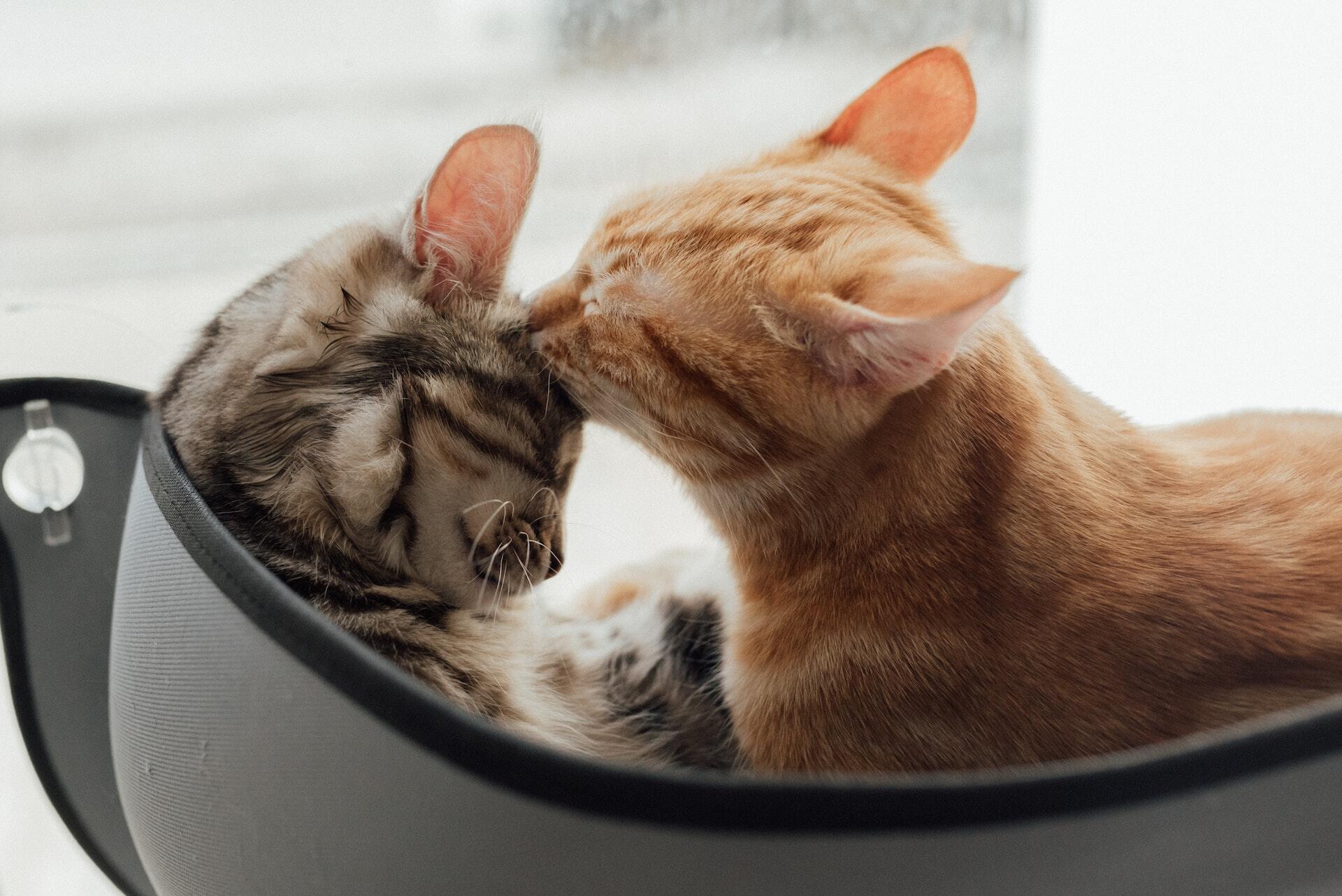
⚠️ Loneliness – combined with cats’ strong reproductive instinct – can cause them to wander away from home in search of a mate.
Read more: Cat In Heat? What You Need To Know.
A lack of stimulation
Cats are naturally curious and playful animals. So they need an enriching environment to stay physically and mentally healthy. If they’re alone indoors all day, the lack of stimulation can cause your cat to feel bored, frustrated, and even anxious.
So it might lead them to get up to some mischief just to get some attention from you. (Like, for example, exploring a “no go” area in your house – where they might end up trapped or stuck.)
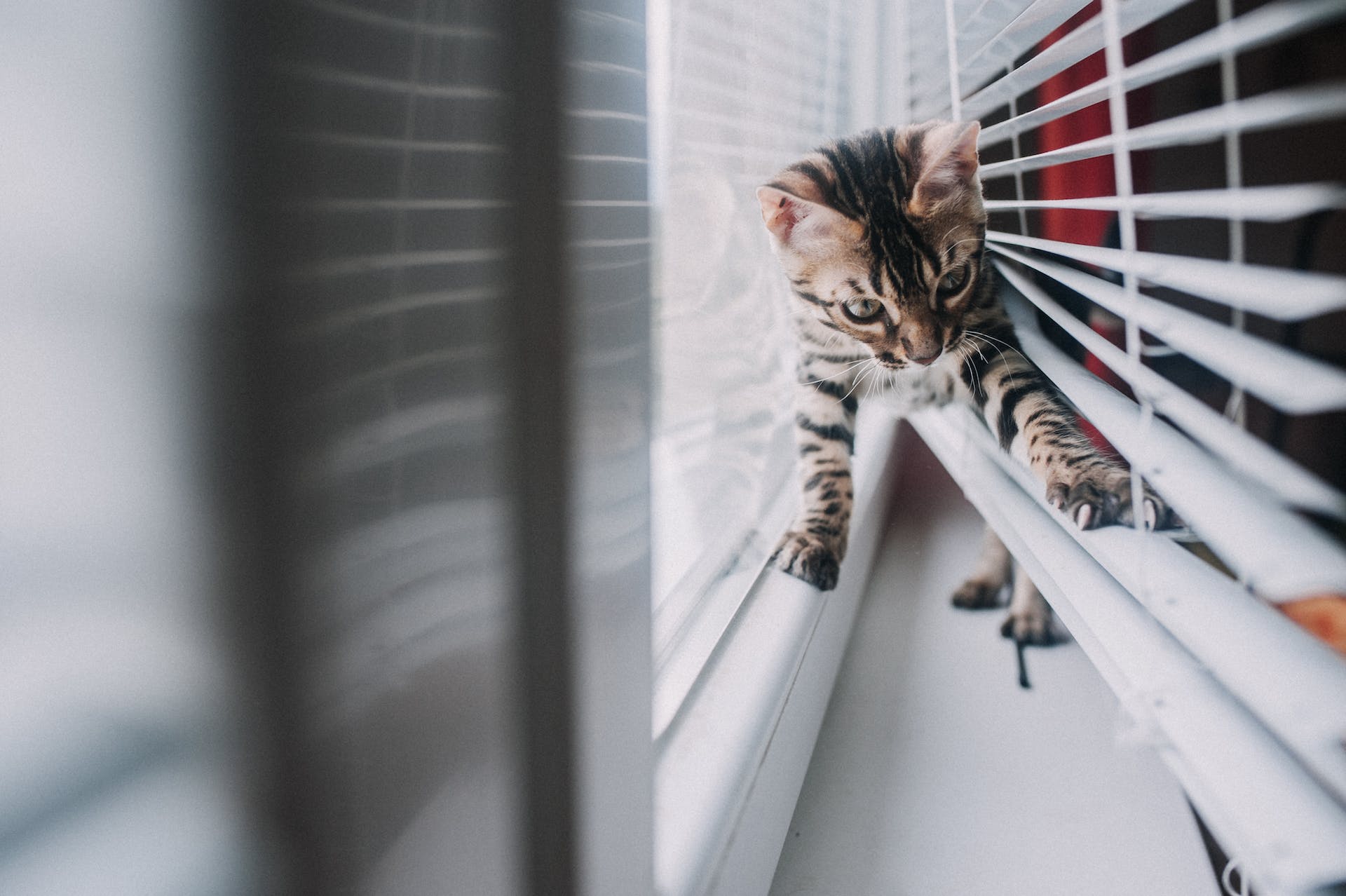
⚠️ Curiosity is another reason why cats run away to explore the outdoors – or end up in some weird spot indoors from which they can’t squeeze out of easily. (Like your wardrobe full of coats, an air vent, or even a crawlspace.) Where they’re in danger of getting trapped – and where you likely won’t hear them crying out for help.
Luckily, here are 3 quick and easy ways to locate your pet indoors – with your trusty Tractive device.
Now if all this seems alarming, here’s the good news. A 2019 study found that the vast majority of cats tend to be securely attached to their parents.2 Meaning, these cats felt more relaxed and less stressed when near their caregivers.
Helping your cat develop this secure attachment is one way of overcoming their separation anxiety. It’s gently guiding your cat to learn that they’re safe and loved – even if you aren’t around all the time.
Signs of separation anxiety in cats
If your cat is extra clingy after you’re back from work or yowls up a storm when you’re getting ready to head out, these could be signs of separation anxiety. Here are a couple of signs you could keep an eye out for:
Excessive meowing or crying
Cats don’t actually meow at each other to communicate – rather, it’s how they’ve evolved to communicate with you! (And, in their kitten years, with Mama cat.) So if you find your cat meowing or crying behind the door once you’ve left for work, it’s how they’re trying to call you back or signal their anxiety at you leaving.

Destructive, attention-seeking behavior
Your cat might scratch your furniture, curtains, or generally make a mess at home. Cats might knock objects over out of instinct or because they’re bored – but they often learn that certain behaviors get them your attention quicker than others. But when combined with separation anxiety, these destructive behaviors might also be an outlet for their nervous energy.
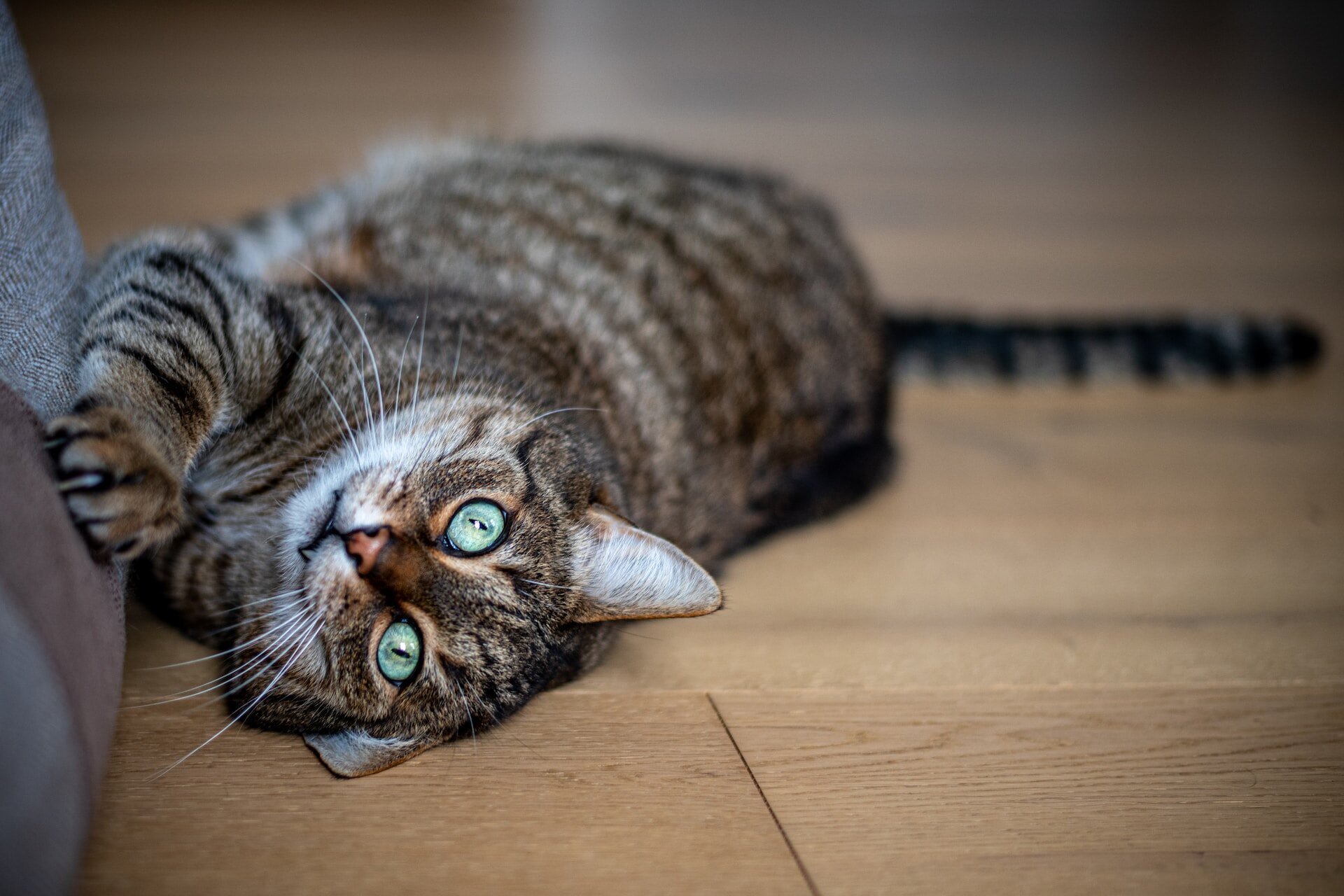
Peeing outside the litter box
Cats might urinate in inappropriate areas for a number of reasons – medical conditions like urinary tract infections (UTIs) or when they’re experiencing stress. Often, it might be a sign of stress or anxiety – especially if you’ve moved to a new environment.
Excessive grooming
Cats lick themselves to keep their fur clean. Similar to how Mama cat might have done it when they were kittens, grooming is one way your cat might self-soothe when you’re not around.
Unfortunately, over-grooming can lead to painful skin conditions like blisters and lesions if your cat keeps at it every time you leave.
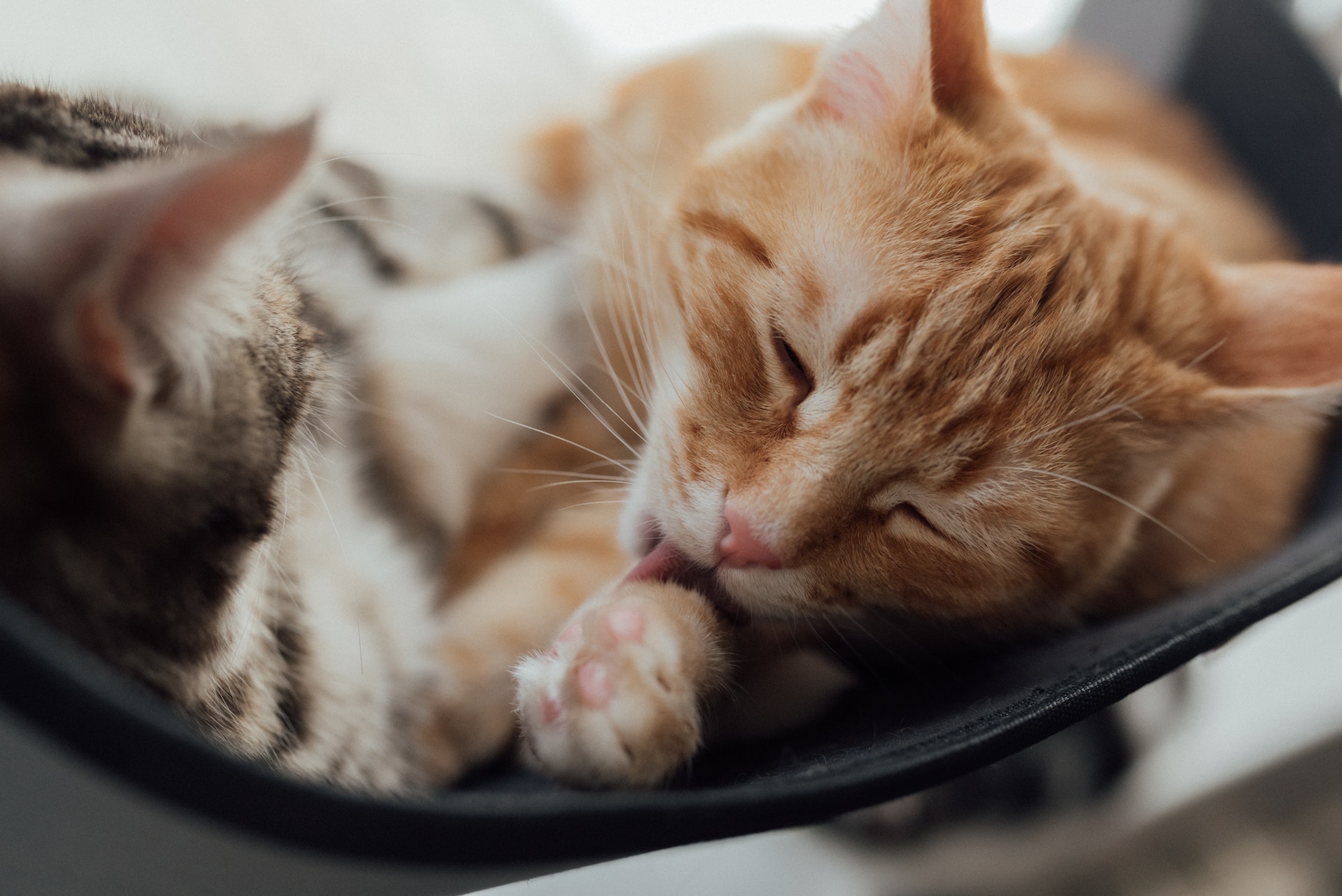
Changes in appetite
Whether it’s overeating or undereating, both changes in appetite indicate that your cat is trying to cope with stress. In other cases, it might also indicate another underlying medical condition. For example, older cats might experience health problems like cognitive decline or arthritis. So their separation anxiety might occur in combination with these.
Read more: Cat not eating? Find out the potential reasons why and get your cat to eat again
Hiding or clinging behavior
Your cat might hide in an unusual place when you’re preparing to leave home. Or, depending on their temperament, they might also cling to you, seeking constant reassurance and attention when you’re around.
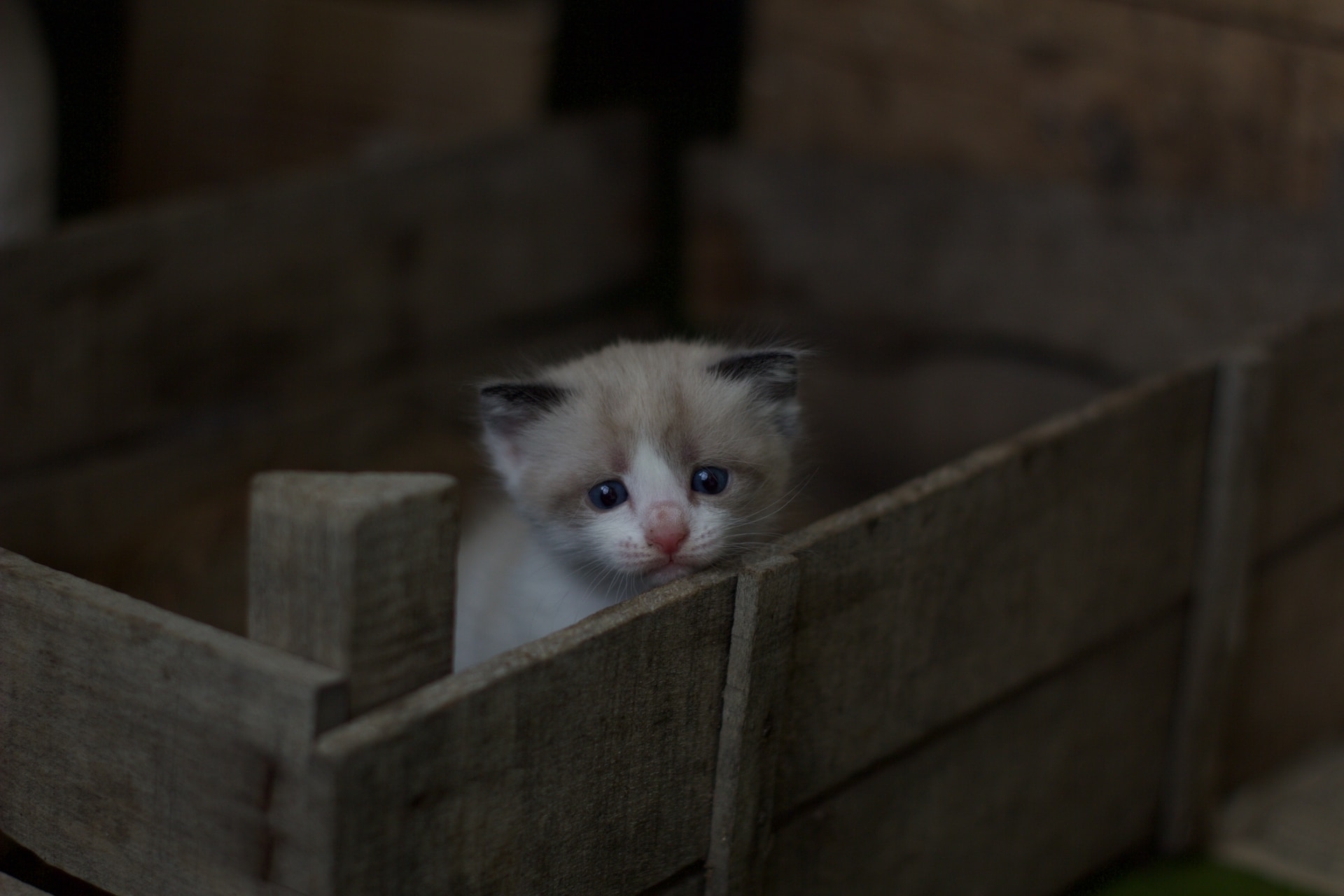
Restless pacing
Especially when you’re just about to leave, which may indicate your cat’s agitation and anxiety.
An escape attempt
All combined, the experience of anxiety, stress, and abandonment can drive your cat to try and escape home. (Likely to find you!)
But if you’ve, say moved to a new neighborhood or aren’t around to intervene, the outdoors come with all kinds of danger for your cat. Including:
- Other pets
- Predators
- Poisonous plants
- Pesticides
- Pet thieves
- Passing vehicles
- …and more
Which is where tracking your anxious kitty’s movements in real-time can be a lifesaver.
With a GPS cat tracker like Tractive, you can set up a “safe zone” around your house and get an instant escape alert if your cat has snuck past it. So you can intervene or call a friend or loved one to check up on your cat – and keep them safe and sound at home.
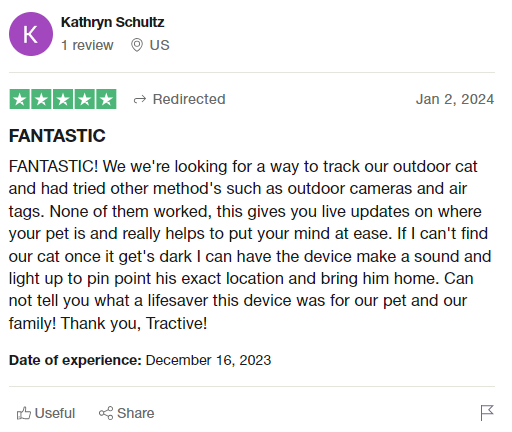

Know everywhere your cat goes
See where they are in real-time, no matter how far they go. Get alerts if they roam too far home. Find out where they’ve been and discover their favorite spots. Let others track with you.
How to treat your cat’s separation anxiety
Separation anxiety might seem difficult to deal with – especially if you’re a busy cat parent. But with a little patience and consistency, you can help your cat overcome their distress when you leave. Here are a couple of best practices to help.
Practice gradual departures
The root of your cat’s separation anxiety is excessive distress when you leave. But with gradual departures, you can help them learn that it’s not the end of the world when you’re not around.
- Start by leaving for short periods of time. (Even just outside your apartment door works.)
- Give your cat tons of cuddles, praise, and affection once you do return.
- Gradually, increase the duration of your absence – but keep praising, snuggling, and encouraging your cat when you’re back.
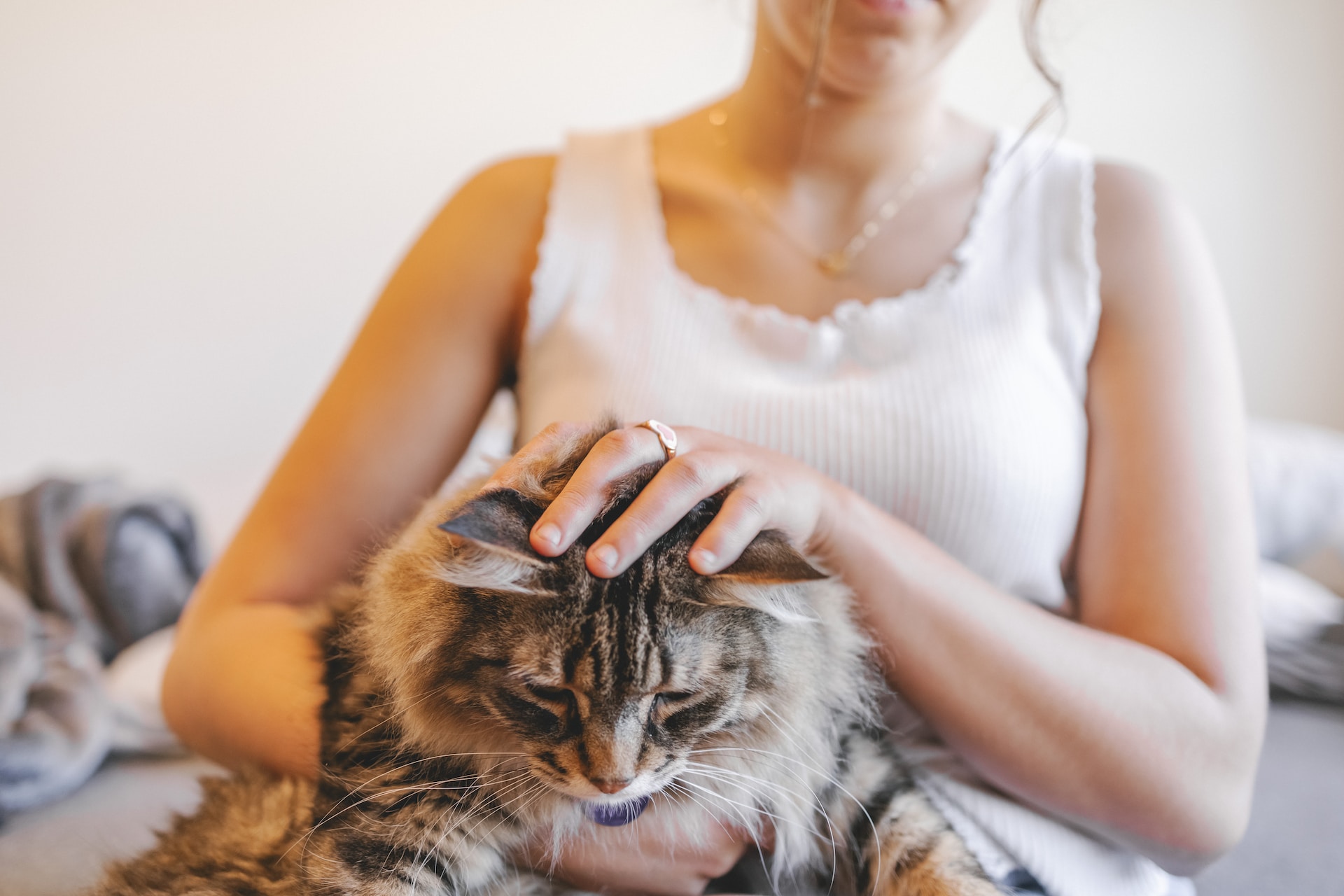
Over time, this will help your cat slowly trust that you’re not going to suddenly abandon them. (And that they can count on you to return.) But start slow and build up gradually so that they can adapt at their own pace.
Reinforce your cat’s behaviors as they occur
You wouldn’t be alone thinking cats just “can’t” be trained – but they respond pretty well to patient, consistent, positive reinforcement.
Much like dogs, cats can also benefit tremendously from behavioral adjustment techniques. So make sure you offer your cat plenty of praise and treats when you see them behaving calmly. (Whether that’s relaxing or refusing to scratch your furniture.)
This will help your cat associate “good” behaviors with a positive experience. I.e., attention and affection from you.
Read more: Cat Clicker Training: Tips, Tricks & Best Practices
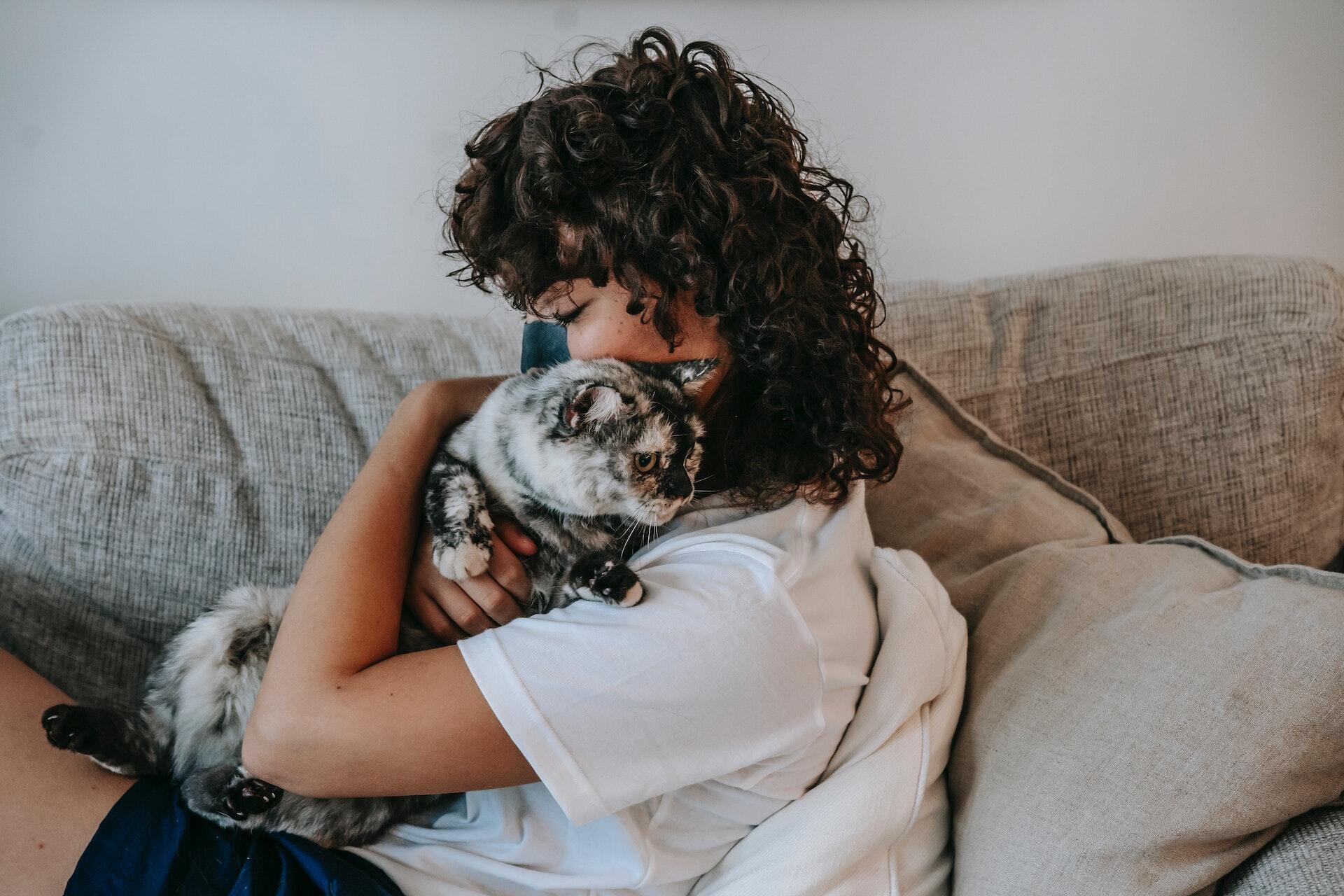
De-condition your cat
Cats are also pretty observant of your behaviors. So watch out for whether the jingling of your keys or you getting ready for work tend to make them anxious. You can “de-condition” these sounds by, say:
- Picking up your work bag
- Giving your cat a hug
- And then putting your bag back down again. (Without leaving home!)
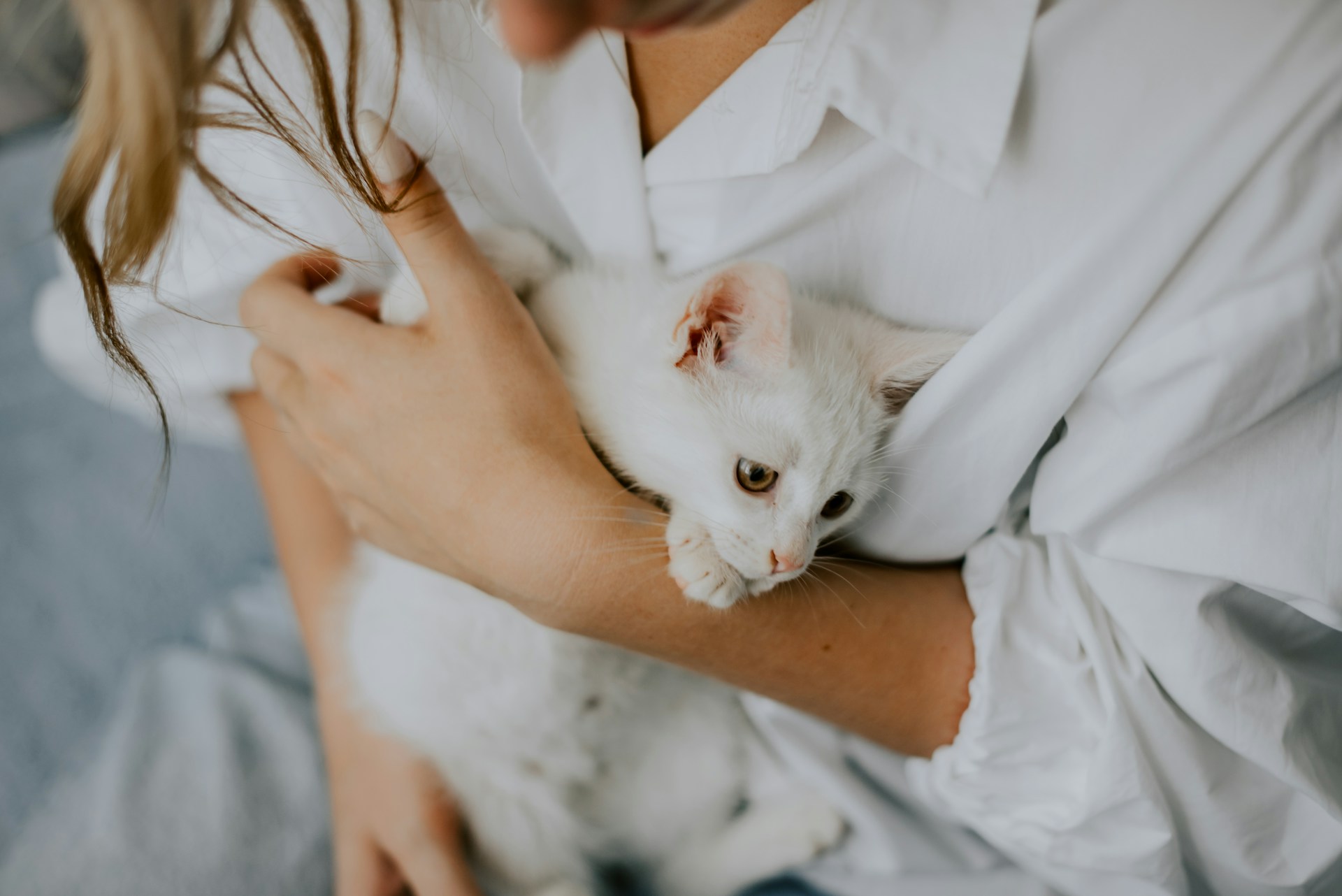
Over time, your cat will learn that just the sounds of you “leaving” aren’t always linked to a negative experience. I.e., being left alone for a long period of time.
Build an enriching environment for your cat at home
We’ve covered how a lack of stimulation and boredom can heighten your cat’s anxiety. (Especially when you’re not around to give them company.) So make sure their home environment is one that can help them stay both physically and mentally engaged. This can help keep them distracted in a good way while you’re away.
Here are a couple of ways you can help build an engaging, anxiety-reducing environment at home:
Invest in interactive toys
For example, like food puzzles. These dispense food when your cat interacts with them. Keeping them both happy, well-fed, and on their toes when it comes to their natural hunting instincts.
Read more: Cat Hunting Behavior: Why Does My Cat Hunt?
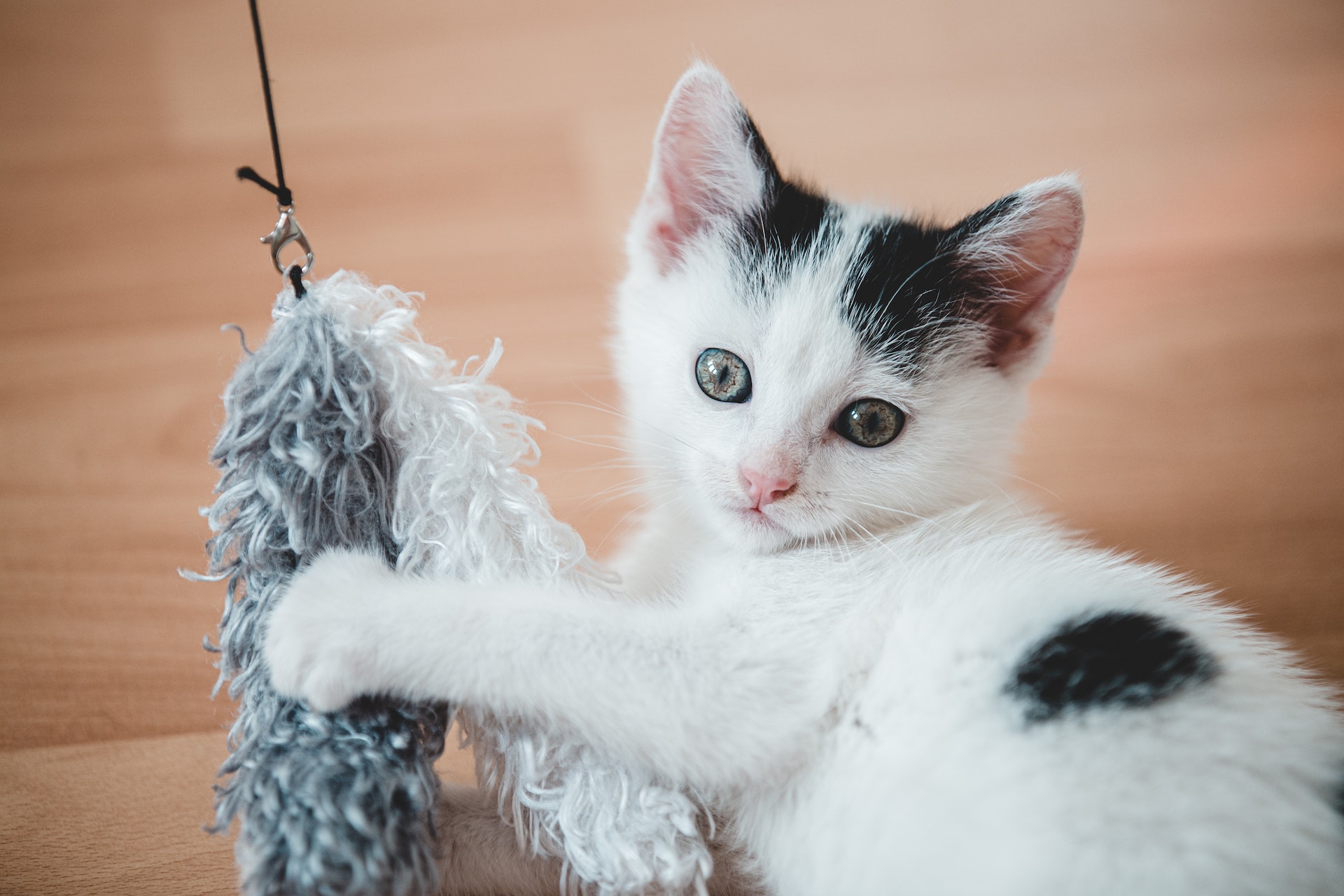
Catnip-infused toys and puzzles can provide your cat a bit of energy when they sniff or otherwise interact with them. These can stimulate your cat’s senses and keep them energized and active. Plus, catnip is perfectly safe and non-toxic for your cat and its effects usually fade away naturally after 10-15 minutes.
Cats do tend to get bored with the same toys over time. So switch them up occasionally to keep them engaged and entertained.
Set up some vertical spaces
Cats love high spaces they can perch on. So they’ll love vertical spaces like cat trees and window perches. This helps keep them physically active and benefit from the exercise.
Read more: How To Get A Cat To Exercise: Keeping Our Feline Friends Happy and Healthy
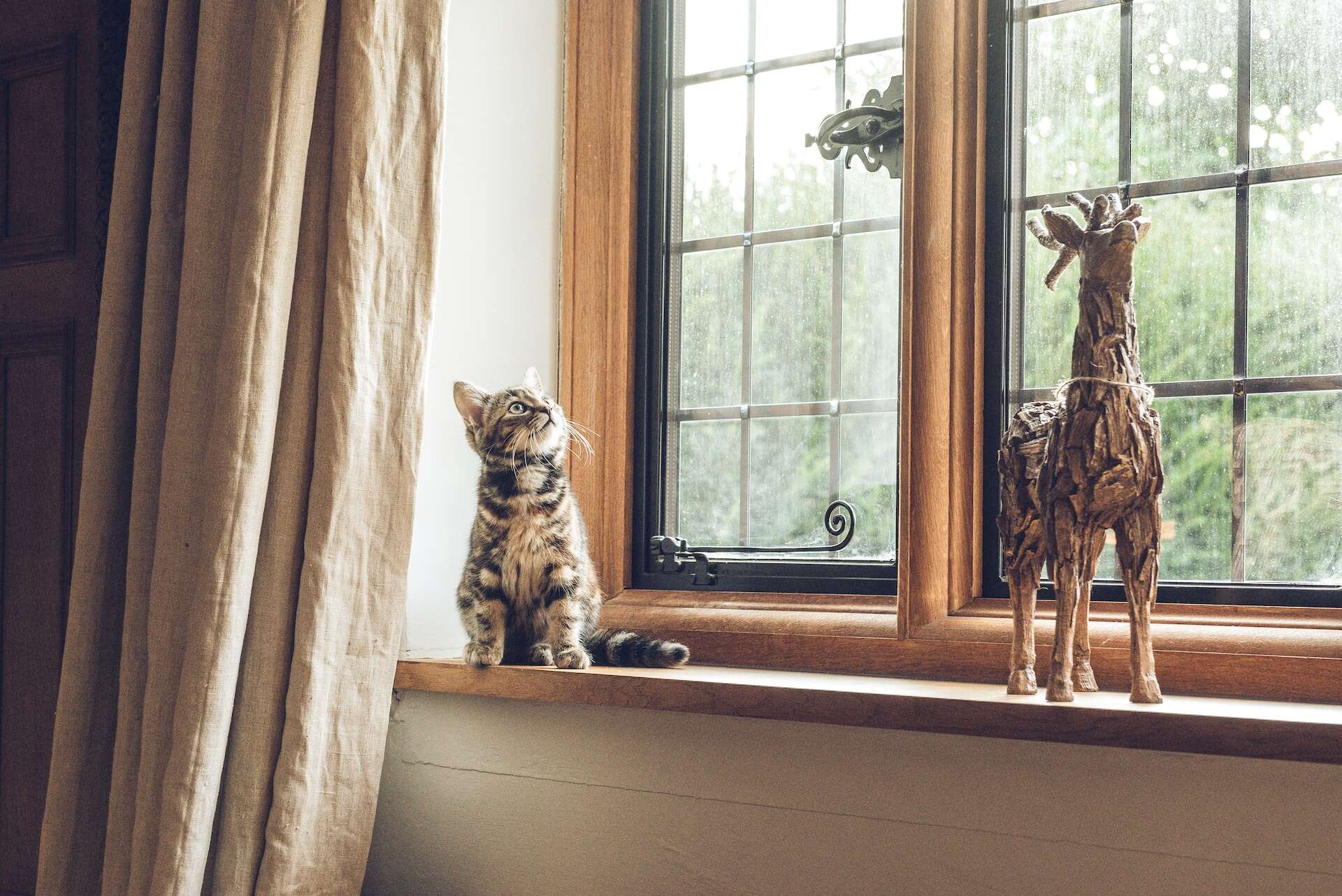
A vertical space also lets your cat observe the outdoors, enjoy the passing scenery, and get some natural sunlight. Plus, they can retreat to it when they’re feeling anxious or overwhelmed.
Keep around some scratch-friendly items
Scratching is actually a natural, instinctive behavior in cats – so it helps to work with these instincts, not against them. With a scratching post or surface, you can help your cat redirect their nervous energy away from your furniture. It’ll also help your cat get some exercise and stay limber.
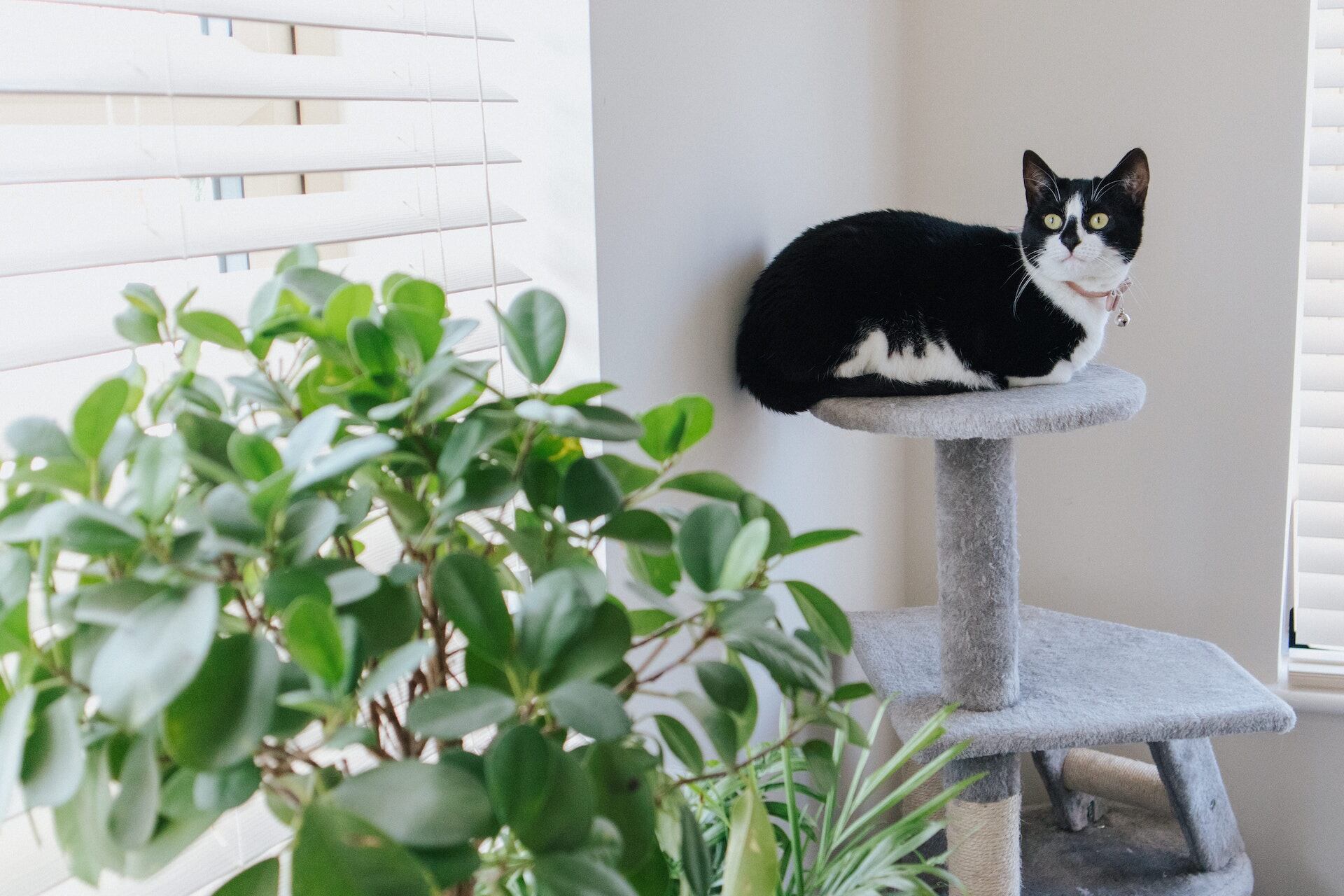
Build a green indoor space
Houseplants add an elegant touch to your indoor space – and they’re also a great way to keep your cat engaged! Our feline friends like to bat, sniff at, and even nibble on grass and plants occasionally. Plus, if you choose indoor plants that are safe for cats, you won’t need to worry about them chewing on something poisonous by accident.
Use a cat-friendly pheromone spray
Much like dogs, cats are also sensitive to smells. Pheromone sprays like Feliway are a safe option to use at home for your cat. Spray some in areas they like to spend most of their time. It can help create a calming environment for your cat.
Leave some of “yourself” behind for your cat
This could be a piece of your clothing, one of the toys you play with together, or anything that has your scent to help them feel more reassured and comfortable.
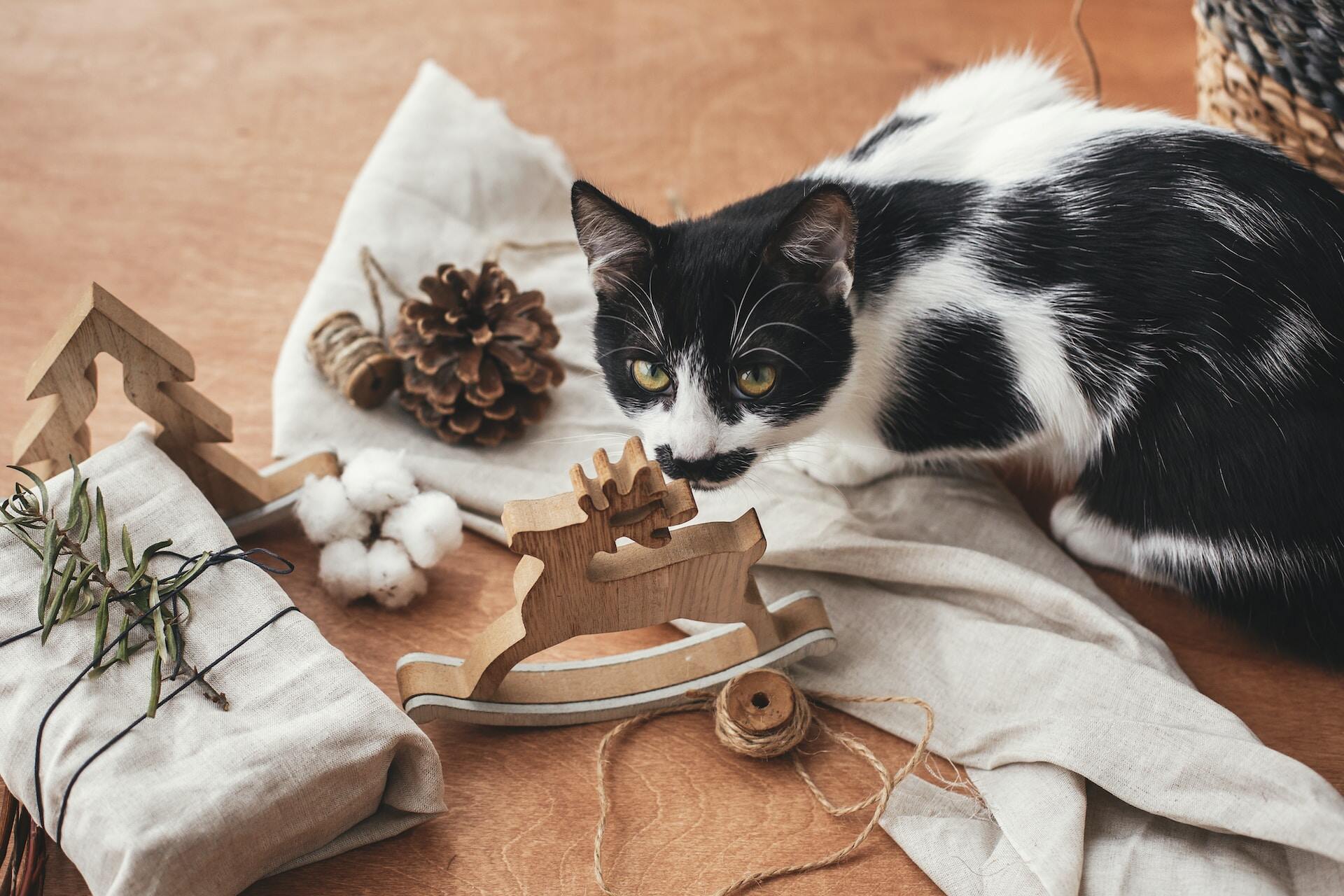
Let your cat explore the great outdoors
Even your indoor cat is curious about the goings-on outside – from passing birds to those pesky squirrels to the sights, sounds, and smells of nature. They also benefit from the exercise, natural sunlight, sensory stimulation – and keeping their natural hunting and exploring instincts sharp.
In fact, outdoor cats usually have large territories to defend. So they might actually feel stressed and anxious if you’re not letting them venture outside.
So start gradually with supervised outdoor activities with your cat. Play together in your backyard regularly, or take them on short walks outside. This will give your cat the opportunity to interact with other animals, including other cats.
Which, with time, can help them feel less anxious when you’re gone.

💡Worried about your cat’s safety outdoors? Follow their every step in real-time with your trusty Tractive device.
With just a glance at your phone, you’ll be able to pick up on where your cat’s off wandering – especially if it’s into a “no go” zone. So you never have to worry about losing your cat ever again.
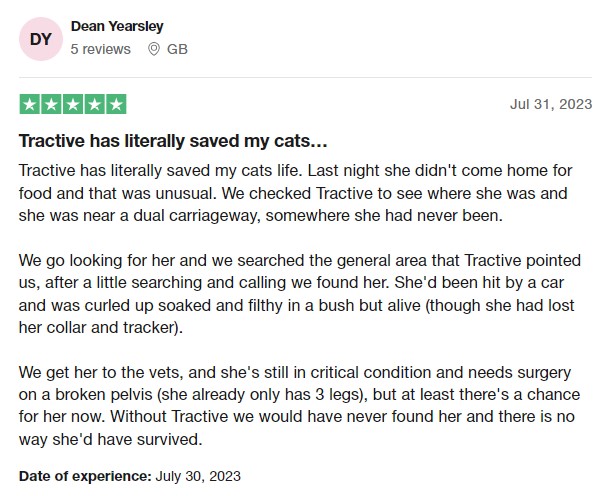
Make the most of your time together once you’re home
It can be tempting to come home and collapse into your couch (we’ve all been there.) But make time for your cat – give them plenty of cuddles and affection once you’re home. Praise them for being a brave little trooper and for being so good all day by themselves at home. Or play an easy, interactive game together. Like getting them to chase a laser or a feather toy.

Your cat will benefit tremendously from the quality time with you. Gradually, they’ll feel less anxious, since they’ll associate your return with a positive experience. Bonus points if you’re able to develop this into a predictable, consistent schedule of feeding, playtime, and interactions. Your cat will look forward to it even when you’re not around.
Consider a companion for your cat
Whether it’s adopting a new pet, hiring a pet-sitter, dropping them at friends or family, or finding an animal boarding service, your cat will benefit from some company while you’re gone. In some cases, introducing another cat (or even dog) as a companion can help reduce your cat’s separation anxiety.
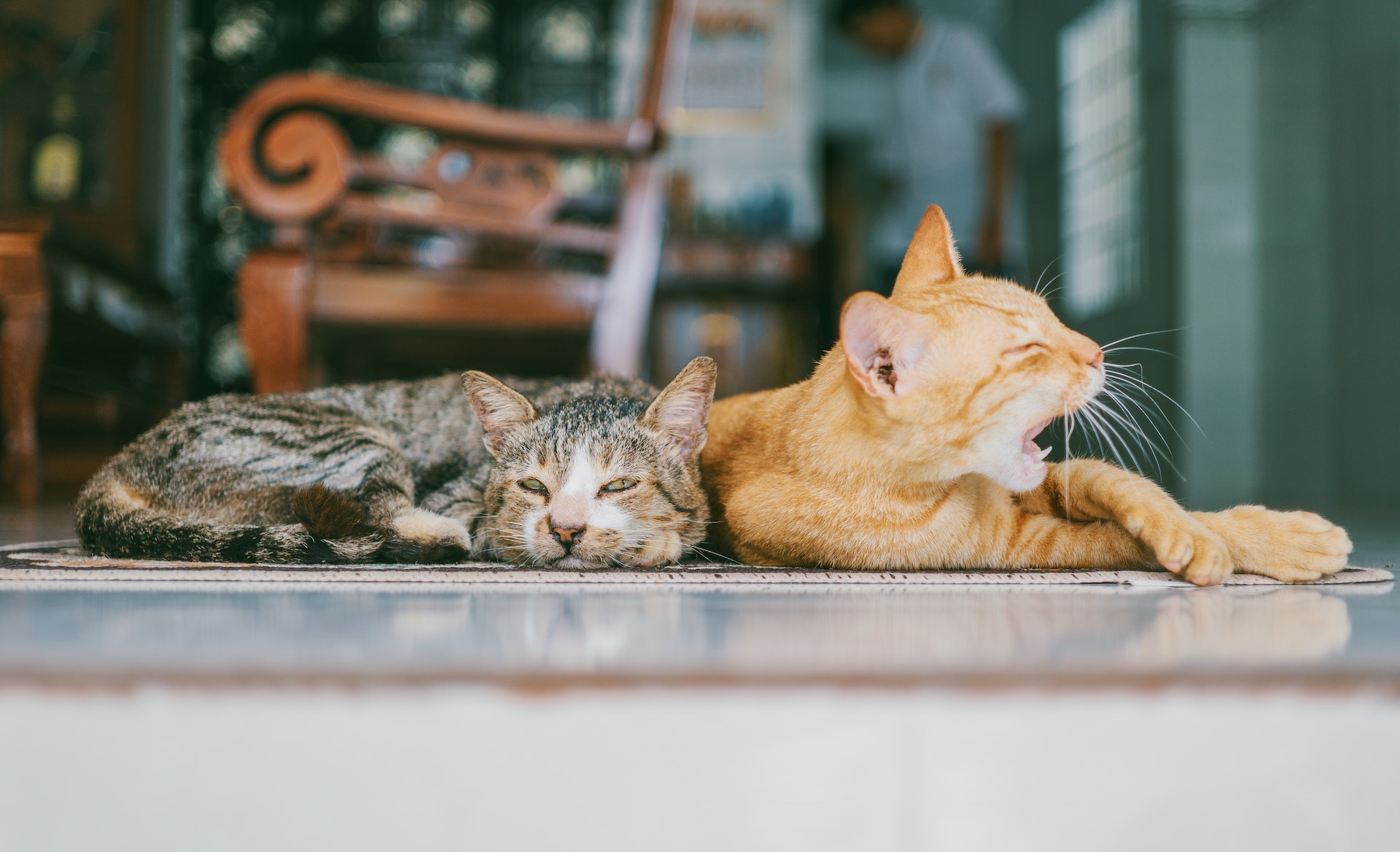
No matter what you choose, we’d always recommend starting slow and bringing on any changes to your cat’s routine gradually. Big changes (like adopting a new pet) might stress your cat out and cause them to react defensively instead. So take some time to consider how sociable your cat is and how well they’d respond to different situations and company.
Read more: How to make a dog and a cat get along well in only 7 steps
Stay in touch with your local vet
Cats are hardy little soldiers with a high threshold for pain. So they’ll only demand your attention when their condition might’ve worsened. That’s why we recommend keeping an eye out for changes in your cat’s behavior. They’re often a key sign that your cat might be sick.
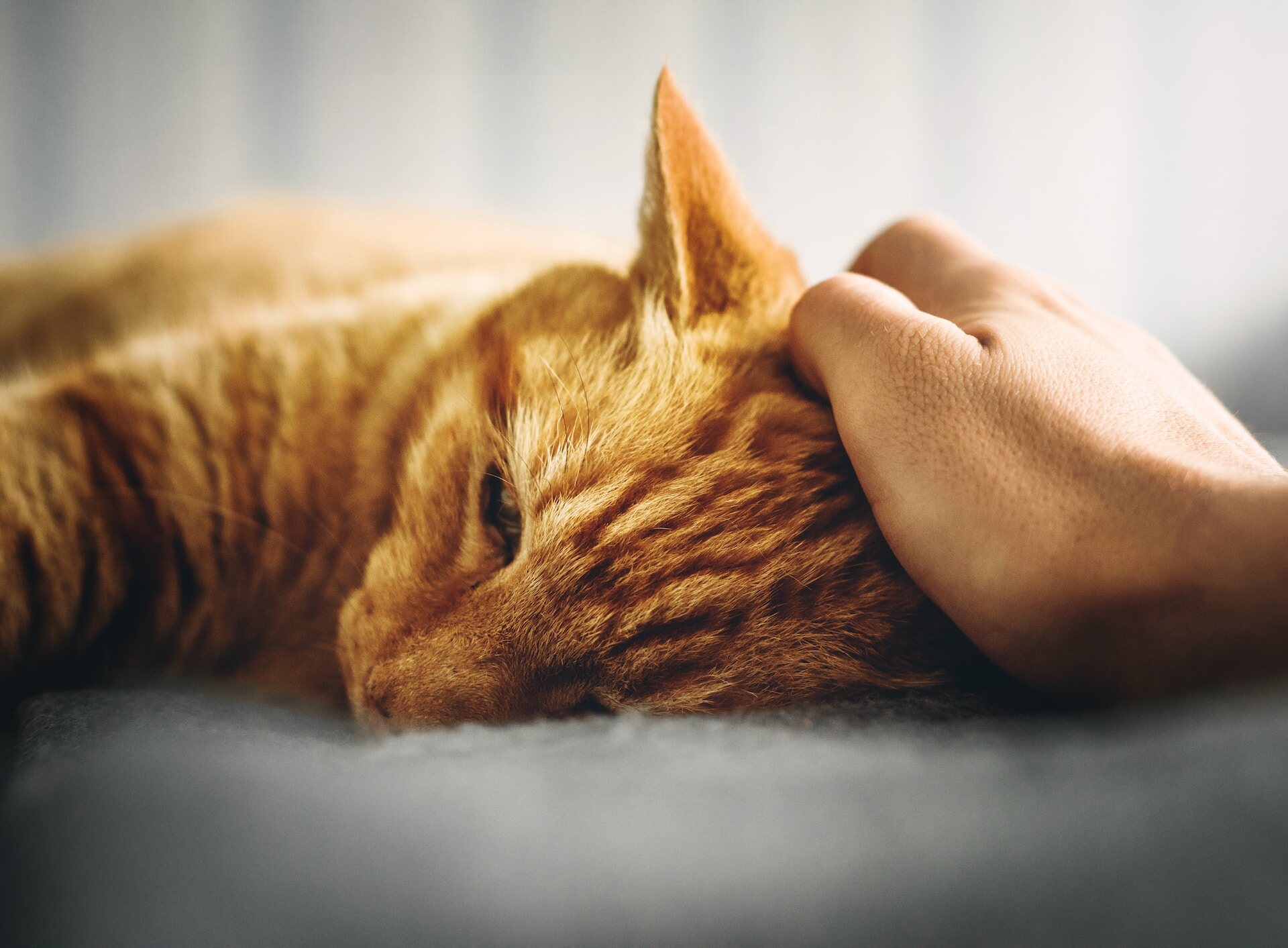
So make sure to drop by your vet for a full check-up in case you see anything out of the ordinary. Your vet can help you to rule out any health complications – or catch them early on.
- They can also refer you to an animal behavior specialist who can help your cat cope better with being alone.
- In severe cases, they could also prescribe you cat-friendly anxiety medication.
Monitor your cat’s behavior – even if you’re not at home
If you’ve invested in a Tractive GPS tracker, you’re in luck. Its Activity & Sleep Tracking features help you keep tabs of your cat’s exercise and rest – even if you’re not at home.
Because a well-exercised cat is a happy cat – and also less likely to feel anxious or run away from home.
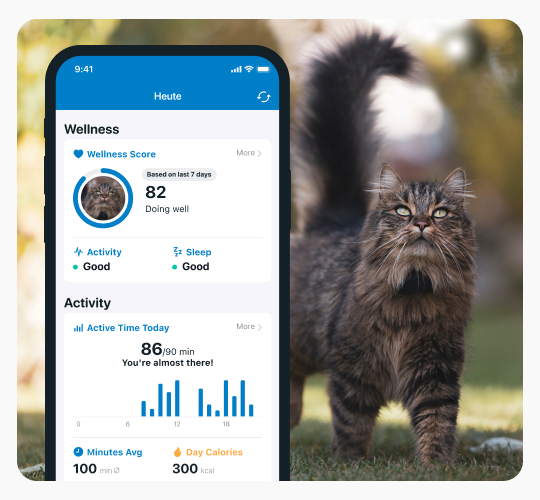
Now you can both keep tabs on how active your cat is even when you’re not at home – and also take action if you notice a dip in their activity levels or a change in their sleep patterns.
By catching on early to these changes in behavior, you can identify a health issue before it arises. Meaning you can take action early – and get your cat to a vet right away before their condition worsens.
Read more: How To Tell If Your Cat Is Sick: Signs Your Feline Friend Isn’t Feeling Well
Nurture your cat’s emotional wellbeing – and manage their separation anxiety for good
Cats: independent, strong – and some of the most deeply loyal and loving creatures to walk this planet. So even if your cat seems unlikely to develop separation anxiety, they’re not immune to it either. But by recognizing the signs, you can take steps to stay on top of their emotional health and wellbeing.
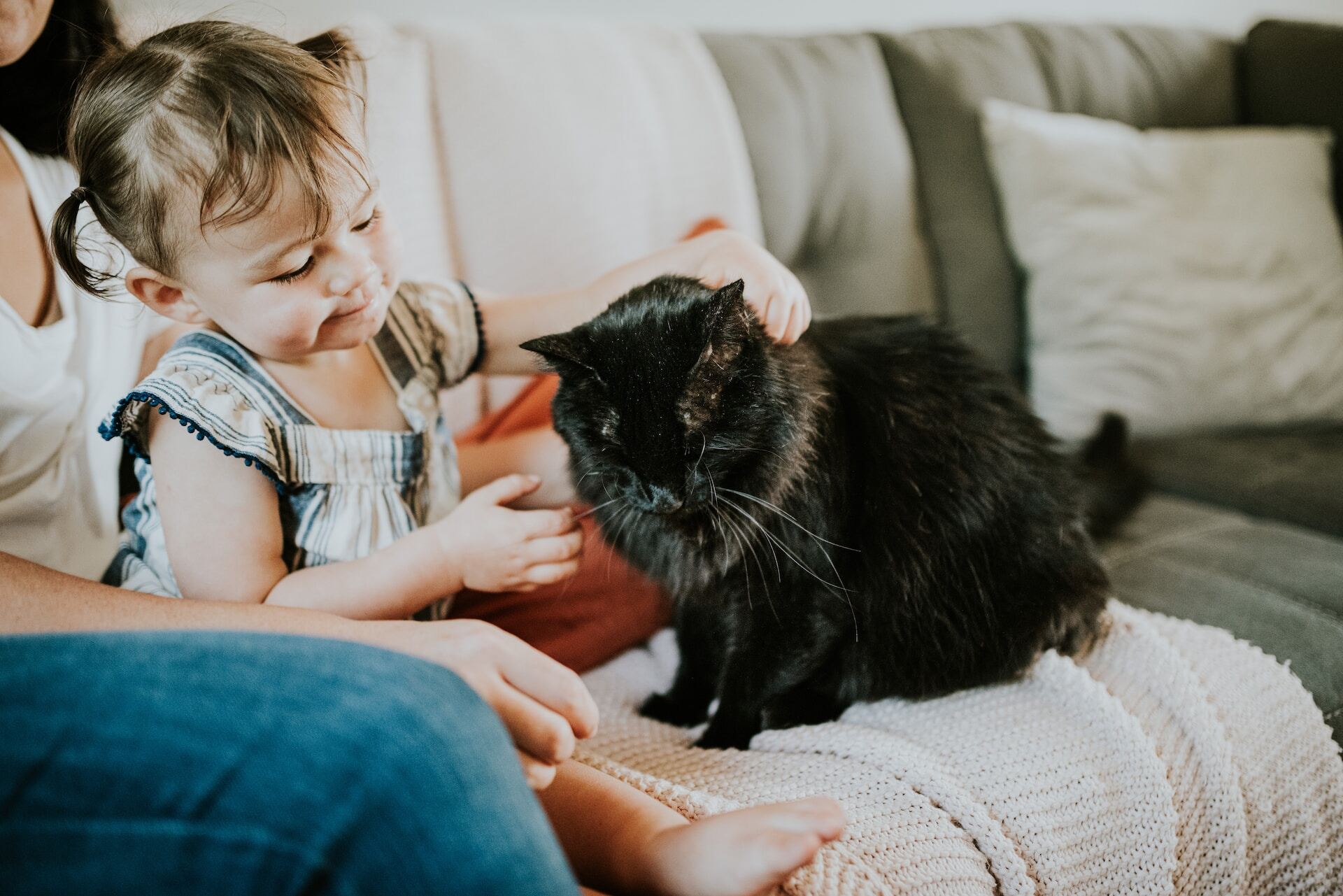
Remember: with a little patience, understanding, and consistency, you can earn your cat’s trust that you’ll come back to give them the loving, nurturing environment they need. So that they can feel secure even when you’re not by their side.
But trust takes time to build – and especially so for your cat. So make sure you’ve planned ahead for an emergency too. Aka, if your cat decides to make an escape attempt – whether that’s out of stress, anxiety, feeling neglected, or just plain boredom.

“Tractive is my #1 recommendation when it comes to cat trackers. It’s specifically designed for tracking cats so you are sure that it is safe for your cats to use.”
– Clair Chesterman, Owner of CFA and CCA-registered cattery and fostering company, FluffyMeowPaws
Wondering if your cat might be missing you when you’re gone? They could be experiencing separation anxiety – even if they don’t show it as much as dogs. Here’s a short, cute video on how cat separation anxiety looks and how you can help:
And if you’ve liked this post, share it with a friend or a loved one – and let’s help build a safer, kinder world for our furry friends together.




